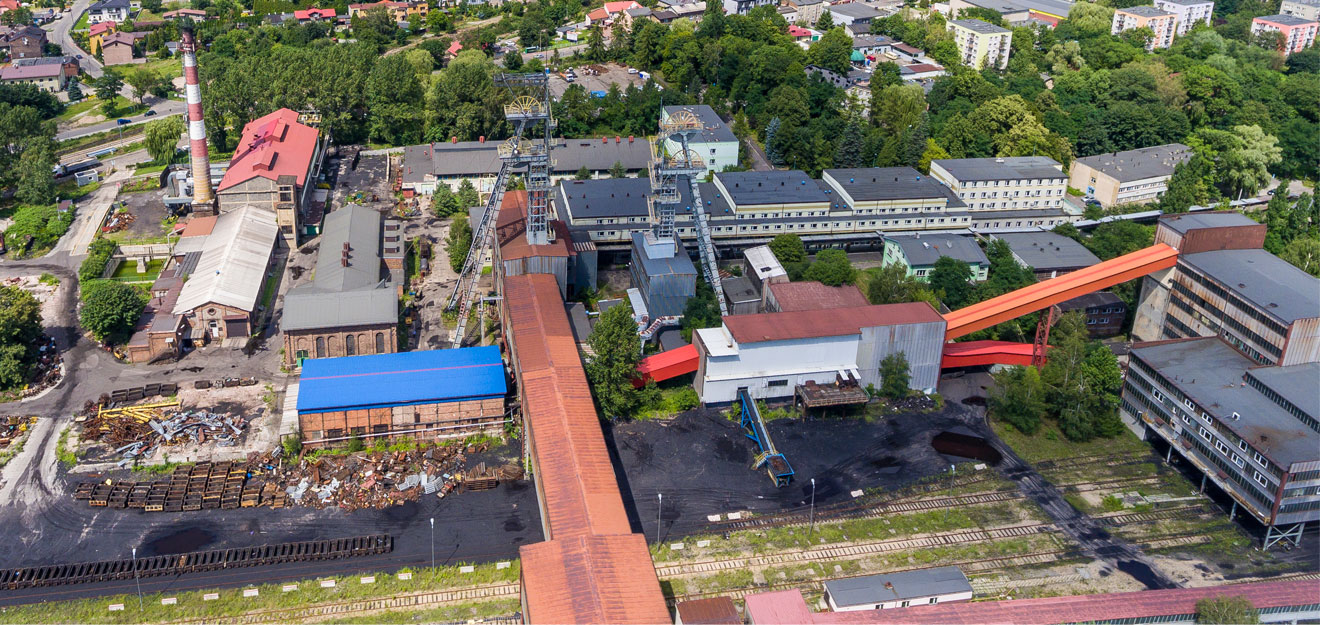As an important place for resource development, the production process of mines has high risks and is easily affected by various disaster causing factors. These hidden disaster causing factors are often not easily detected, but can lead to serious safety accidents. Therefore, identifying and preventing hidden disaster causing factors in mines is an important aspect of mine safety management.
Hidden disaster causing factors
Gas explosion: Gas explosion is one of the common hidden hazard factors in mines. The main component of gas is methane, which has extremely strong explosiveness. When the gas concentration reaches a certain proportion and encounters a fire source, a violent explosion will occur, posing a huge threat to the lives of miners and mine facilities.
Mine fire: Mine fire is also a highly dangerous hidden disaster causing factor. Electrical equipment failures, accumulation of combustible materials, and other factors can all cause mine fires. Fires not only directly endanger the lives of miners, but also produce toxic gases, causing greater harm.
Water damage: Water damage refers to the sudden influx of groundwater into mines, resulting in mine flooding or damage to mine structures. Water disasters often have suddenness and concealment, making them difficult to predict and prevent. Mine water damage not only causes equipment damage, but also affects normal mine production and even threatens the safety of miners.
Rock movement and collapse: During the mining process, the stress of the rock layer changes, which may cause rock movement and collapse. This hidden disaster causing factor is unpredictable, and sudden collapse of rock layers can lead to blockage of mine passages, equipment damage, and casualties.
Toxic and harmful gases: During the mining process, various toxic and harmful gases are produced, such as carbon monoxide, hydrogen sulfide, etc. These gases are often colorless and odorless, difficult to detect, but pose a serious threat to the health of miners, and even lead to poisoning and suffocation.
Preventive measures

Strengthen gas monitoring and prevention and control
Gas explosion prevention and control is of utmost importance in mine safety management. The following measures should be taken: installing gas monitoring equipment: installing gas monitoring equipment in the mine to monitor gas concentration in real time. Once the gas concentration exceeds the standard, an alarm should be immediately triggered and measures taken. Strengthen ventilation management: Ensure the normal operation of the mine ventilation system, timely eliminate gas accumulation in the mine, and reduce gas concentration. Strict control of fire sources: Open flame operations are strictly prohibited in the mine, and electrical equipment should have explosion-proof functions to avoid gas explosions caused by fire sources.
Strengthen fire prevention and control measures
The prevention and control of mine fires are equally important, and specific measures include: regular inspection of electrical equipment: ensuring that electrical equipment is free from aging, damage, etc., to avoid fires caused by electrical faults. Use fire-resistant materials: Use fire-resistant materials in mines and strictly manage and control flammable and explosive materials. Equipping fire extinguishing equipment: Equip fire extinguishing equipment in the mine, regularly inspect and replace fire extinguishing equipment to ensure timely use in the event of a fire.
Prevention and control of mine water hazards
Water hazard prevention and control need to start from the source, strengthen prevention: conduct geological exploration: before mining, conduct detailed geological exploration, grasp the distribution of groundwater, and formulate waterproof measures. Construction of drainage system: Establish a complete drainage system in the mine to ensure timely drainage of groundwater and avoid mine flooding. Monitoring water level changes: Real time monitoring of groundwater level changes. Once abnormalities are detected, immediate drainage measures are taken to prevent water damage.
Preventing rock movement and collapse
Preventing rock movement and collapse requires scientific management and technical support: Reasonably arranging mining plans: Based on the actual situation of the mine, reasonably arranging mining plans to avoid changes in rock stress caused by large-scale mining. Reinforcement of mine structure: Reinforce the mine structure to prevent passage blockage and casualties caused by rock collapse. Monitoring rock stress: Install rock stress monitoring equipment to monitor changes in rock stress in real time, and promptly identify and deal with hidden dangers.
Control toxic and harmful gases
Controlling toxic and harmful gases requires multiple measures: strengthening ventilation: ensuring the normal operation of the mine ventilation system, timely eliminating toxic and harmful gases, and maintaining air circulation. Regular gas concentration testing: Regularly monitor the concentration of toxic and harmful gases in the mine to ensure safety. Provide protective equipment: Provide miners with protective equipment, such as gas masks, to ensure self rescue in emergency situations.
The hidden disaster causing factors in mines pose a significant threat to mine production and the safety of miners, and need to be identified and prevented. By strengthening gas monitoring and prevention, strengthening fire prevention and control measures, preventing mine water damage, preventing rock movement and collapse, and controlling toxic and harmful gases, the risk of hidden disaster factors in mines can be effectively reduced, ensuring the safety of mine production. Mine managers and miners should work together to build a safe and stable production environment, safeguarding the long-term development of the mine.







Comment